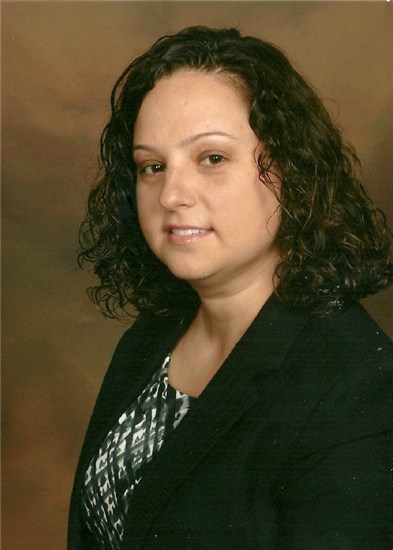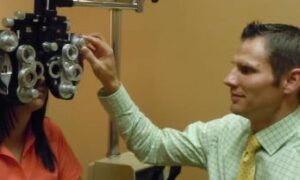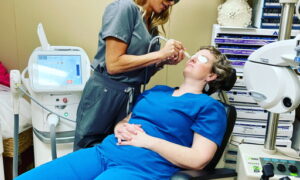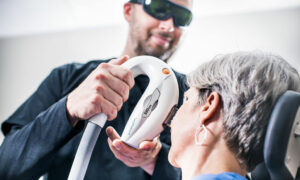By Maria Sampalis, OD
Dry eye is more prevalent as our population ages and depends more on prescription medications that cause dryness. Offering relief to dry eye patients is a needed service and practice-builder.
DRY EYE AS PRACTICE BUILDER:
ACTION POINTS
Recognize it. Dry eye has many manifestations, affecting different types of patients.
Probe. Ask the right questions to uncover dry eye symptoms.
Inform. Let patients know you can relieve their discomfort.
Dry eye is a big revenue booster, yet it frequently goes ignored. It affects all patients at all stages of life. Whether it’s a young patient with contact lenses or an older woman who just started to take new medications. There are many factors to take into account when treating dry eye such as meibomian gland dysfunction, tear film irregularities and patients’ extensive use of a computer or smartphone. Here is how I make the most of the practice-building opportunity of offering dry eye services to my patients.
Code and Profit from Dry Eye Treatment
Take into consideration the initial visit, as well as the follow up visits, which can be up to two extra visits.
The Average: (different in each state):
Medical Office Visit:
99212 $48.00
99213 $64.93
99214 $98.65
Anterior segment photos (92285): $19.45)
Collagen plugs (68761):$167.00
Omega 3 vitamins (private pay): $85
Bruder Activated Compresses (private pay): $30
Simply having the conversation with the patient about their possible dry eye symptoms opens doors to revenue opportunities. If successful, the treatments you offer will make the patient happy, which generates referrals.
Revenue-Driving Potential
In my practice, which I started cold last year, I currently see about five dry eye patients per week, but expect that number to grow exponentially over the coming years. I project services and treatment related to dry eye will amount to between $10,000 and $15,000 in revenue by the end of this year.
Patients Seen Two to Four Times Following Diagnosis
Here is a typical office visit schedule for dry eye patients:
Visit 1 = Dx Dry eye, institute treatment
Visit 2 = Evaluate the effect of the treatment, if not working, change/add treatment
Visit 3 = Repeat evaluation of treatment, if not working, change/add treatment
Visit 4 = Continue the above until a suitable treatment is discovered
Be On the Lookout for Dry for All Patients
There is no longer just one kind of patient who has dry eye. Those with this condition can vary from the pregnant or menopausal woman experiencing dry eye due to hormonal changes to the young person who is experiencing dry eye due to a prescription medication he has just started taking. Or, perhaps most commonly, it could be the the aging patient who suddenly finds herself experiencing eye discomfort and comes to you hoping to isolate the cause.
There are a lot of factors that come into play. One is the aging population and increased meibomian gland dysfunction and lid elasticity. Other factors are hormonal changes as it is suggested that increasing estrogen causes dry eye. Certain medications such as anti-depressants also cause dry eye. Take the time to ask the right questions to help relieve the symptoms your patients are experiencing. Sometimes they don’t even know they have dry eye. Also, a lot of contact lens wearers are experiencing these issues and are dropping out of contacts. And don’t forget that many of your patients work on a computer all day causing a reduced blink rate–another common cause in today’s world of dry eye.
Key questions to ask patients: “Are you experiencing any discomfort with your eyes such as tearing, burning, itching or a sense that something is in them even when you look and see nothing there?”
Educate Dry Eye Patients of Their Condition
I have a poster that illustrates the human eye’s tear film and explains the layers of the tear film and why certain products or drops might help the patient. I discuss the insurance process and the steps we need to try before jumping to collagen plugs. I explain that treating dry eye is a continuous process, and they may need to take artificial tears four times a day probably for the rest of their life, depending on the severity of the dry eye.
Stress Importance of Seeing Patient for Continued Care
I emphasize to my dry eye patients that their condition cannot be cured, but can be controlled so that their eyes feel much more comfortable. Here is what I might say to a dry eye patient following a related treatment such as collagen plugs: “I need to follow-up in a week to re-evaluate the tear film layer and cornea. You will be feeling a lot better, but I need to make sure the cornea looks good, as well.”
Related ROB Articles
Know Your Billing and Coding: Dry Eye
Practice-Building Opportunity: Add a Dry Eye Clinic
Enhance Dry Eye Treatment to Better Serve Patients
Maria Sampalis, OD, is the owner of Sampalis Eye Care in Warwick, RI, and North Dartmouth, Mass. To contact her: msampalis@hotmail.com



























